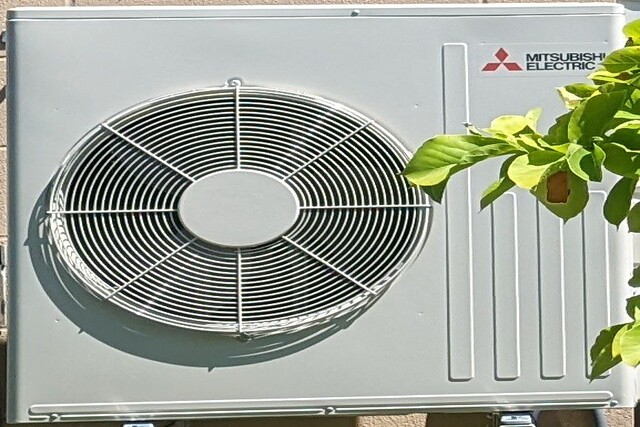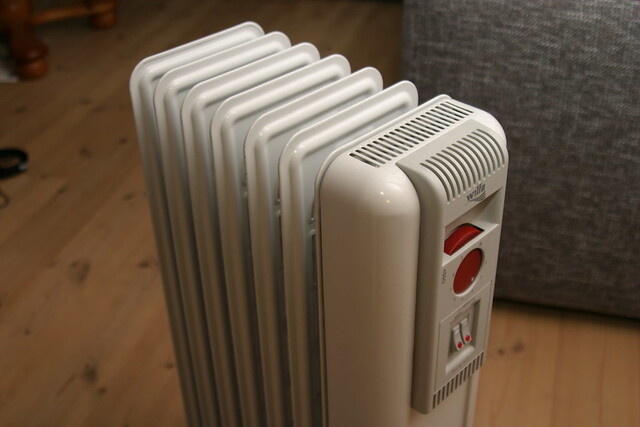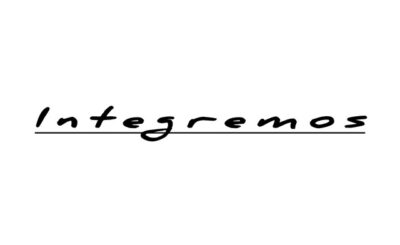Electric radiators have gained significant attention in modern home heating solutions. With advancements in technology and an increasing focus on energy efficiency, homeowners are considering these devices as an alternative to traditional heating systems. In this article, we explore the pros and cons of electric radiators, their various types, and their suitability for contemporary homes. Special attention will also be given to innovations like the electric radiator fan, ceramic electric radiators, and why some models are considered the best electric radiators on the market. Additionally, we’ll discuss the versatility of electric radiators portable for different settings.
Table of Contents:
What Are Electric Radiators?
These are standalone heating units powered by electricity. Unlike traditional radiators that rely on a central heating system, such radiators operate independently, making them a flexible and efficient option for homeowners.
Key Features
- Energy-efficient operation
- Easy installation
- Programmable thermostats
- Wide variety of designs and finishes
Related Home Appliances and Their Role in Modern Homes

Portable Air Conditioners with Heating
These portable air conditioners with heating functions offer versatility. These home appliances can be used year-round for both cooling and heating, providing a multi-functional solution for home comfort.
Smart Thermostats
Smart thermostats work seamlessly with radiators that run on electricity, enabling users to program and control heating remotely. These devices ensure optimal energy usage and help maintain comfortable temperatures throughout the day.
Air Purifiers
Pairing these radiators with air purifiers creates a healthier indoor environment. Air purifiers help remove allergens and pollutants, complementing the clean and efficient heating provided by radiators.
Dehumidifiers
Electric heaters often reduce moisture levels, and combining them with a dehumidifier ensures better humidity control. This combination is especially useful in damp climates.
Ceiling Fans with Heating Modes
Some ceiling fans come equipped with heating modes, similar to an electric radiator fan. These devices can distribute warm air efficiently, making them an excellent addition to your home heating setup.
Types of Electric Radiators
1. Convection Electric Radiators
These devices work by heating the air in the room. As the air warms up, it rises, allowing cooler air to replace it and get heated. This cycle ensures even temperature distribution across the space.
2. Radiant Electric Radiators
Radiant models use infrared technology to heat objects and people directly rather than warming the air. This type of radiator is ideal for targeted heating.
3. Ceramic Electric Radiators
These are among the most efficient and stylish options available. They use ceramic plates to retain heat, allowing the radiator to emit warmth even after it’s turned off. This feature reduces energy consumption and provides consistent heating.
4. Electric Radiators Filled with Oil
Such radiators use electrical energy to heat a thermally-conductive oil. These models are known for their excellent heat retention and quiet operation.
5. Panel Heaters
Panel heaters are thin, lightweight, and easy to mount on walls. While they are less efficient than other types, they are often more affordable and ideal for occasional use.
6. Electric Radiators Portable
These devices are designed for maximum convenience. Their lightweight design and built-in wheels make them easy to move from one room to another. This feature is particularly beneficial for renters or those who need temporary heating solutions.
Pros and Cons of Electric Radiators

Pros of Electric Radiators
1. Energy Efficiency
heaters that run on electricity offer excellent energy efficiency, especially when equipped with modern features like programmable thermostats and energy usage tracking. Unlike central heating systems, which often lose energy through piping, electric radiators convert nearly 100% of the electricity into heat.
2. Easy Installation
One of the most significant advantages of these devices is their easy installation. Many models simply require plugging into a standard electrical outlet. Wall-mounted units may require some basic drilling but do not need extensive plumbing work.
3. Flexibility and Portability
The availability of electric radiators portable makes these devices a versatile choice for homeowners. They can be used in various rooms, including home offices, bedrooms, and even garages.
4. Modern Design
Such radiators come in sleek, modern designs that complement contemporary interiors. There is a choice for every aesthetic, whether you like the streamlined appearance of panel heaters or the sophisticated appearance of tile electric radiators.
5. Individual Room Control
With these devices, you can control the temperature of each room individually. This zoning capability reduces energy waste and lowers utility bills.
6. Safety Features
Modern radiators come with built-in safety features, including overheat protection, child locks, and timers, ensuring safe operation in homes with children or pets.
Cons of Electric Radiators
1. Higher Operating Costs
Although electric radiators are energy-efficient, the cost of electricity is often higher than other heating fuels like natural gas. This can make these devices more expensive to operate in the long run.
2. Limited Heating Capacity
Small to medium-sized spaces are ideal for electric radiators. Multiple units might be needed for larger spaces, which could raise expenses and energy consumption.
3. Initial Investment
High-quality options, such as the best electric radiators with advanced features, can have a significant upfront cost. However, their efficiency and durability often justify the price over time.
4. Dependency on Electricity
Since these devices rely entirely on electricity, they won’t function during power outages. This can be a drawback in areas prone to electrical disruptions.
Innovations in Electric Radiators
Electric Radiator Fan
The radiotor fan is a modern innovation that enhances heat distribution. By incorporating a fan into the radiator design, these models can circulate warm air more effectively, ensuring faster and more uniform heating. This feature is particularly useful in larger rooms or spaces with high ceilings.
Ceramic Electric Radiators
As mentioned earlier, electric radiators made of ceramic are a top choice for energy-conscious homeowners. Their heat-retention capabilities and stylish designs make them an excellent option for modern homes.
Smart Technology Integration
Many of the top-rated radiators now come with smart technology. Features like Wi-Fi connectivity, More convenience and control are made possible by integration with smart home systems and remote control through smartphone apps.
Factors to Consider When Choosing an Electric Radiator
1. Room Size
Choose a radiator with the appropriate wattage for the size of your room. Oversized units can waste energy, while undersized ones may struggle to maintain a comfortable temperature.
2. Design and Aesthetics
Whether you prefer the sleek look of porcelain radiators or the functional appeal of handheld radiators, consider how the design will fit into your home’s decor.
3. Features
To increase convenience and efficiency, look for options like timers, programmable thermostats, and energy-saving settings.
4. Safety
Ensure the radiator has essential safety features such as overheat protection and a cool-touch surface.
5. Budget
While the best radiotors may come at a premium price, they often offer better performance and durability, making them a worthwhile investment.
Use Cases for Electric Radiators
Home Offices
With the rise of remote work, many people need efficient heating for their home offices. These devices are ideal for this purpose due to their compact size and quick heating capabilities.
Bedrooms
Such devices are perfect for bedrooms, offering silent operation and precise temperature control to ensure a comfortable sleep environment.
Temporary Heating
The portability of electric heaters makes them an excellent choice for temporary heating needs, such as during renovations or in guest rooms.
Secondary Heating
These heaters can supplement existing heating systems, providing additional warmth in particularly cold areas of the home.
Solar Panels: A Sustainable Partner for Electric Radiators

Introduction to Solar Panels
Solar panels are a renewable energy solution that captures sunlight and converts it into electricity. By integrating solar panels into a home, you can offset the energy consumption of these devices, making your heating system more sustainable and cost-effective.
Integrating Solar Panels and Electric Radiators
Pairing solar panels with these radiators creates an energy-efficient system for modern homes. Solar energy can power devices like the electric fan or portable models, reducing reliance on the grid. This integration enhances the sustainability of your heating system.
Cost Considerations
While the initial investment for solar panels is significant, Any home would benefit from the long-term electricity bill savings and any government incentives.
Conclusion
Electric radiators are a versatile and efficient heating solution for modern homes. Whether you’re drawn to the sleek design of ceramic electric radiators, the convenience of electric radiators portable, or the enhanced functionality of an electric radiator fan, there’s an option to suit your needs. While they have some drawbacks, such as dependency on electricity and higher operating costs, their advantages—including energy efficiency, easy installation, and modern designs—make them a compelling choice for many homeowners.
By considering factors like room size, design, and features, you can find the best electric radiators to meet your specific needs. Whether for permanent use or temporary heating, electric radiators continue to evolve, offering innovative features that cater to the demands of modern living.






